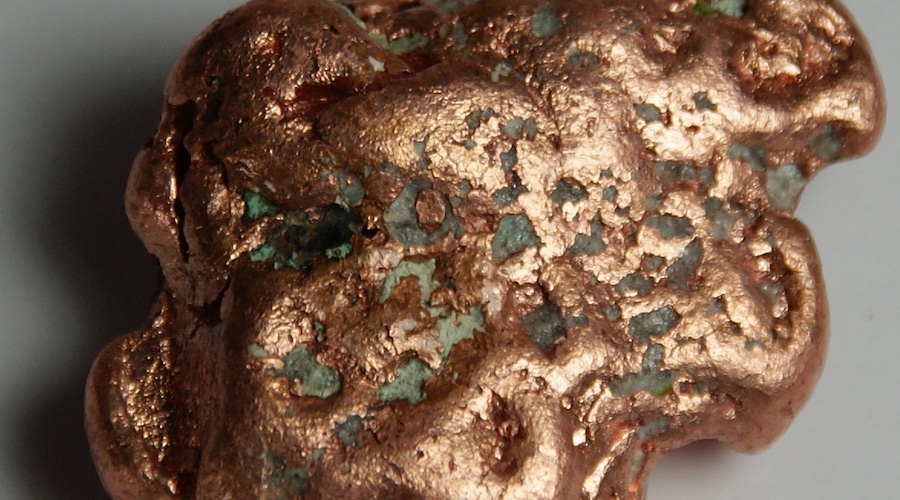
“By putting the bacteria inside an electronic microscope, we were able to figure out the physics and analyze it. We found out the bacteria were isolating single atom copper,” Francisco C. Robles Hernandez, co-author of the study, said in a media statement. “In terms of chemistry, this is extremely difficult to derive. Typically, harsh chemicals are used in order to produce single atoms of any element. This bacterium is creating it naturally. That is very impressive.”
These results suggest that the conversion process could be an alternative way to produce single atoms of metallic copper in a safer and more efficient way
According to Robles and his colleague Debora Rodrigues, the novelty of this discovery is that microbes in the environment can easily transform copper sulfate into zero-valent single-atom copper. This is a breakthrough because the current synthetic process to achieve the same result is usually not clean, labor-intensive and expensive.
“The microbes utilize a unique biological pathway with an array of proteins that can extract copper (II) (Cu2+) and convert it into single-atom zero-valent copper (Cu0). The aim of the microbes is to create a less toxic environment for themselves by converting the ionic copper into single-atom copper, but at the same time they make something that is beneficial for us too,” Rodrigues said.
In the scientists’ view, these results suggest that the conversion process could be an alternative to produce single atoms of metallic copper in a safer and more efficient way, compared to current methods such as chemical vapor deposition, sputtering and femtosecond laser ablation.
“We have only worked with one bacterium, but that may not be the only one out there that performs a similar function,” Rodrigues said. “The next step for this particular research is harvesting the copper from these cells and using it for practical applications.”
The research team believes these findings may be key to addressing supply challenges derived from the limited availability of high-grade copper in Earth’s crust and the need for intensive smelting and production processes that require sulfur dioxide and nitrogen dioxide to obtain concentrate in useful quantities.




